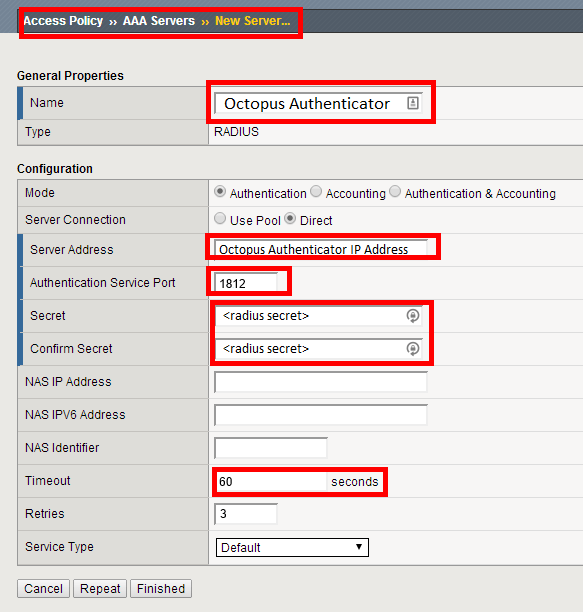

Then, drag the file to the box on the “Import Profile” window: Open Finder and browse to the folder the configuration file was downloaded to. This file should go in the same location as before (e.g. On the “Import Profile” window, select “FILE” (not URL):ĭownload this configuration file by right-clicking on it and selecting “Save Link As”. Click the light-grey “X” in the upper right-hand corner of the window to close it:Īgree to the “Data Collection, Use and Retention” policy:Ĭlick OK on the next window outlining recent updates: When the client first launches, an “introduction” window will be presented. The OpenVPN Connect client should be in the list, as pictured: It is OK at this point to move the OpenVPN Connect installer to the trash:Īfter installation has been completed, open Finder and browse to the “Applications” Folder.
#DOWNLOAD OPENVPN MAC CLIENT INSTALL#
Open Finder to browse to the folder, then double-click the installer, after which the following window should be displayed:ĭouble-click to install the VPN client, after which the installer will launch:Īccept the license agreement and click Continue:Ĭlick the install button to begin the installation:
#DOWNLOAD OPENVPN MAC CLIENT DOWNLOAD#
You will be presented with a page that looks similar to the following:Ĭlick the “Download OpenVPN Connect for Mac” link to download the VPN client installer, saving it in a known location, such as the “Downloads” folder. To install the Computer Science department VPN, browse to. The VPN is for use from off-campus only it is not necessary to use the VPN from on campus. This provides greater security than if department-operated systems were exposed directly to the Internet. Use of the VPN is required to access department resources.

Installing the CSCI VPN client for MacOS ¶ Connect to the VPN with openconnect-sso.Installing the CSCI VPN client for MacOS.Installing the CSCI VPN client for Windows.Computer Science VPN general information.


 0 kommentar(er)
0 kommentar(er)
